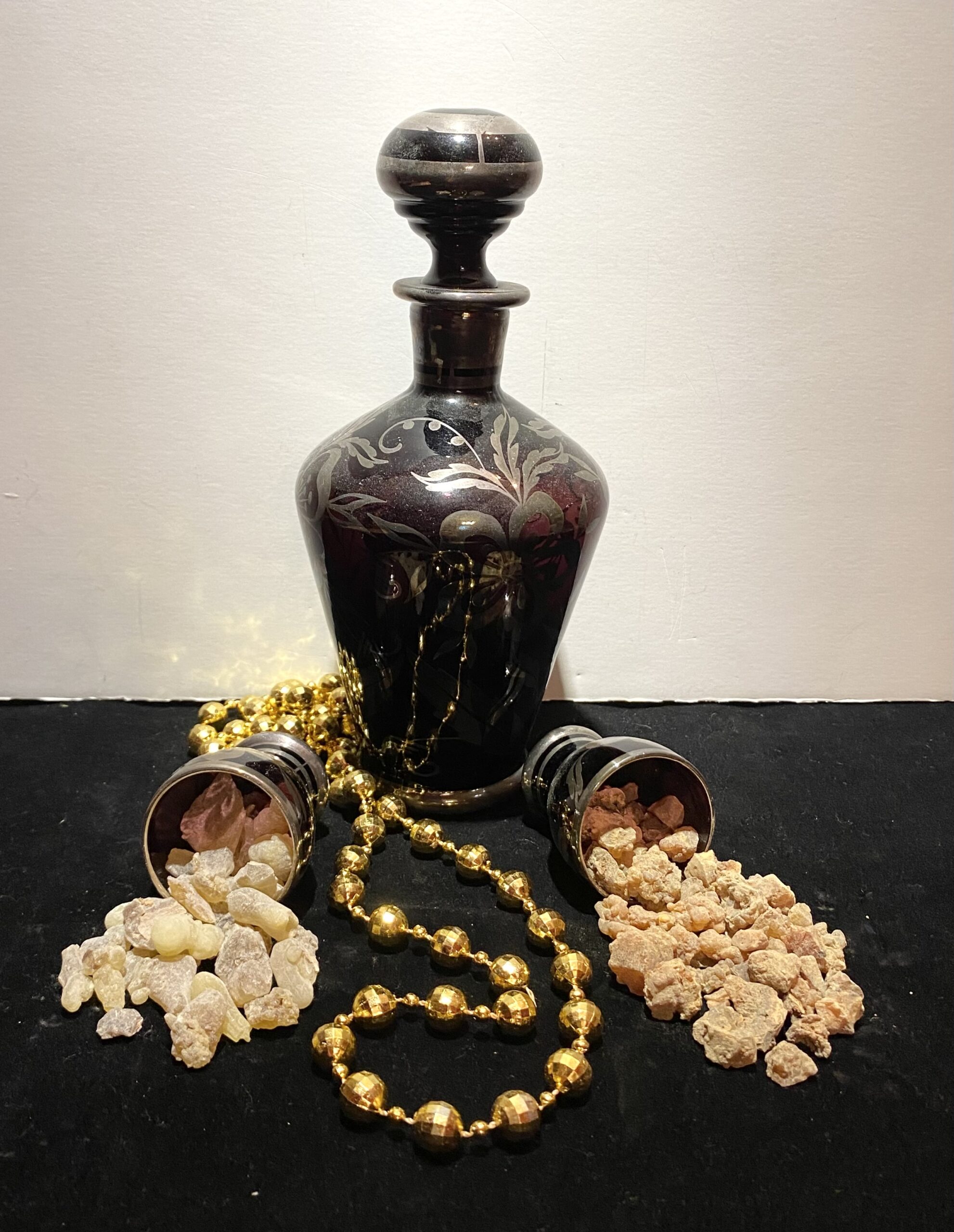Frankincense and myrrh: Ancient scents of the season

COLUMBIA, Mo. — Two of the three gifts of the Wise Men – frankincense and myrrh – remain in high demand more than 5,000 years after gaining popularity in religious rituals, says University of Missouri Extension horticulturist Michele Warmund.
Ancient Egyptians used myrrh to embalm corpses and Romans burned it as a type of incense at funeral pyres. Ancient Egyptian, Greek and Roman societies burned frankincense or myrrh incense during rituals.
The resins became expensive due to the tolls, taxes and labor costs incurred when transporting them across treacherous routes to markets. They were so valuable that authorities strip-searched laborers who processed frankincense daily to prevent pilfering, says Warmund.
The woodsy, earthy fragrance of frankincense and the warm, spicy aromas of myrrh still hold a place in the modern-day world. Today, resins and oils from frankincense and myrrh trees are used in perfumes, cosmetics, aromatherapy and medicines. The demand for frankincense oil remains high, especially in China, making it a $7 billion industry.
Frankincense resin comes from woody species in the Boswellia genus and grows in arid climates, such as Ethiopia and Somalia in eastern Africa and Oman and Yemen on the Arabian Peninsula.
Closer to home, Boswellia sacra trees grow in warm, arid regions of the United States. This frankincense species is a small, slow-growing tree or large shrub that reaches a height of 16-20 feet. It thrives in well-drained, sandy or rocky calcareous soil. Sparse compound leaves grow on scrubby branches, and trunks have papery, peeling bark. In spring, trees produce showy cream-colored flowers with five petals with red centers.
Most frankincense trees start producing resin at about 8-10 years of age. Cuts in trunks cause sap to ooze from as droplets or “tears.” The oozing sap hardens into resin, which is scraped from the trunk. To prevent damage, trees are scored fewer than 13 times per year. In Somaliland, it is illegal to overharvest trees, but in other countries trees are unprotected. Some Boswellia trees are threatened by exploitation, and they are vulnerable to livestock grazing and infestations of long-horned beetles.
Myrrh resin comes mostly from Commiphora myrrha and other species of this genus native to Ethiopia, Kenya, Oman, Saudi Arabia and Somalia. Commiphora myrrha is a small tree that grows 9-13 feet tall. This species has grayish-green trifoliate leaves, long spines on its branches and papery bark on its trunk. Trees favor shallow soil over limestone. Like Boswellia, the bark of Commiphora trees is scored to produce resinous myrrh, which exudes from the incisions.
Seeds and plants of frankincense and myrrh are in short supply in the United States. However, nurseries that specialize in desert plants sell some species of Boswellia and Commiphora.
To germinate seeds, lightly cover with about ¼ inch of pulverized limestone in a warm area. Water seeds daily using a fogging nozzle. Germination usually takes about three weeks, but fogging should continue until the seedlings are about 8 inches tall. Plants can also be propagated by cuttings.
Even though frankincense and myrrh trees are unsuitable for Missouri’s climate, don’t despair, says Warmund. Many oils, incense and perfumes that diffuse the enticing, mystical aromas of these species are readily available.
Miss Clipping Out Stories to Save for Later?
Click the Purchase Story button below to order a print of this story. We will print it for you on matte photo paper to keep forever.

